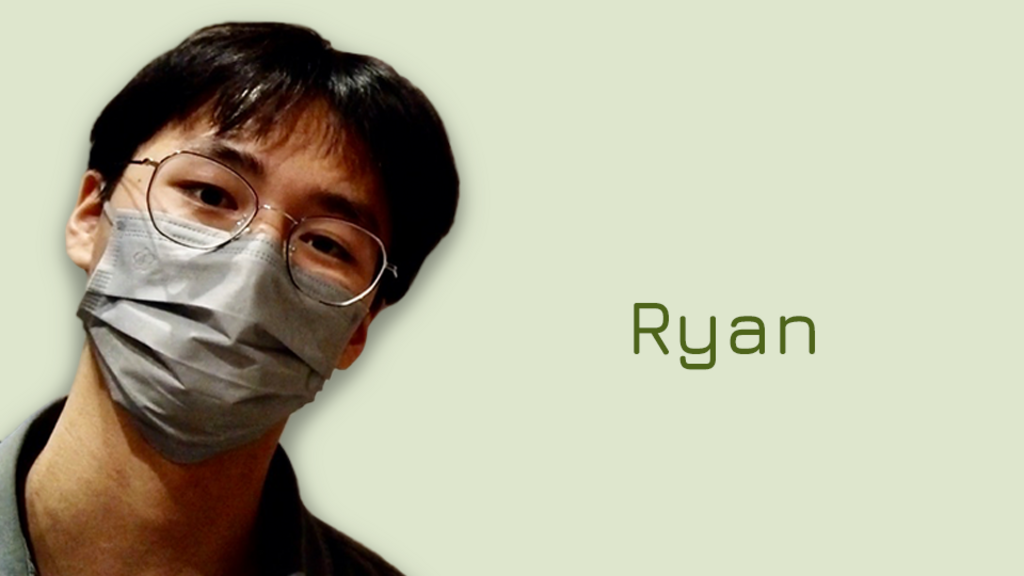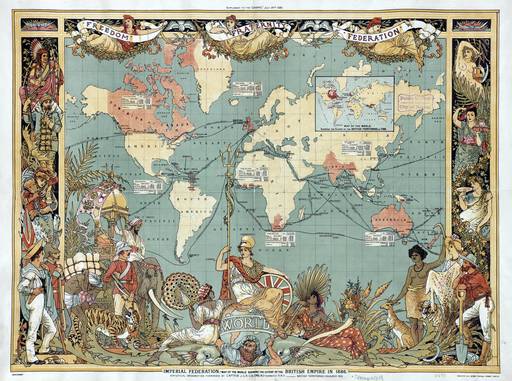English is NOT the most spoken first language in the world - Mandarin Chinese is. About 1.1 billion people speak Mandarin as their first language, and only about 400 million people are English native speakers.
So why is English considered to be the global language?
Perhaps it is because it has the largest number of second language speakers. Since there is no clear and universal definition of „second language speaker“, estimates vary, but David Crystal, a British linguistics professor and a leading expert on the English language, estimates that the total number of speakers of English as a second language is approaching 1.6 billion. That adds up to two thousand million people understanding and speaking (at least to some extent) English - a quarter of the world's population! And the number is growing...
Consequently, English is used in a large variety of different forms and functions around the world, leading to numerous opportunities, but also presenting many challenges to people and nations.



